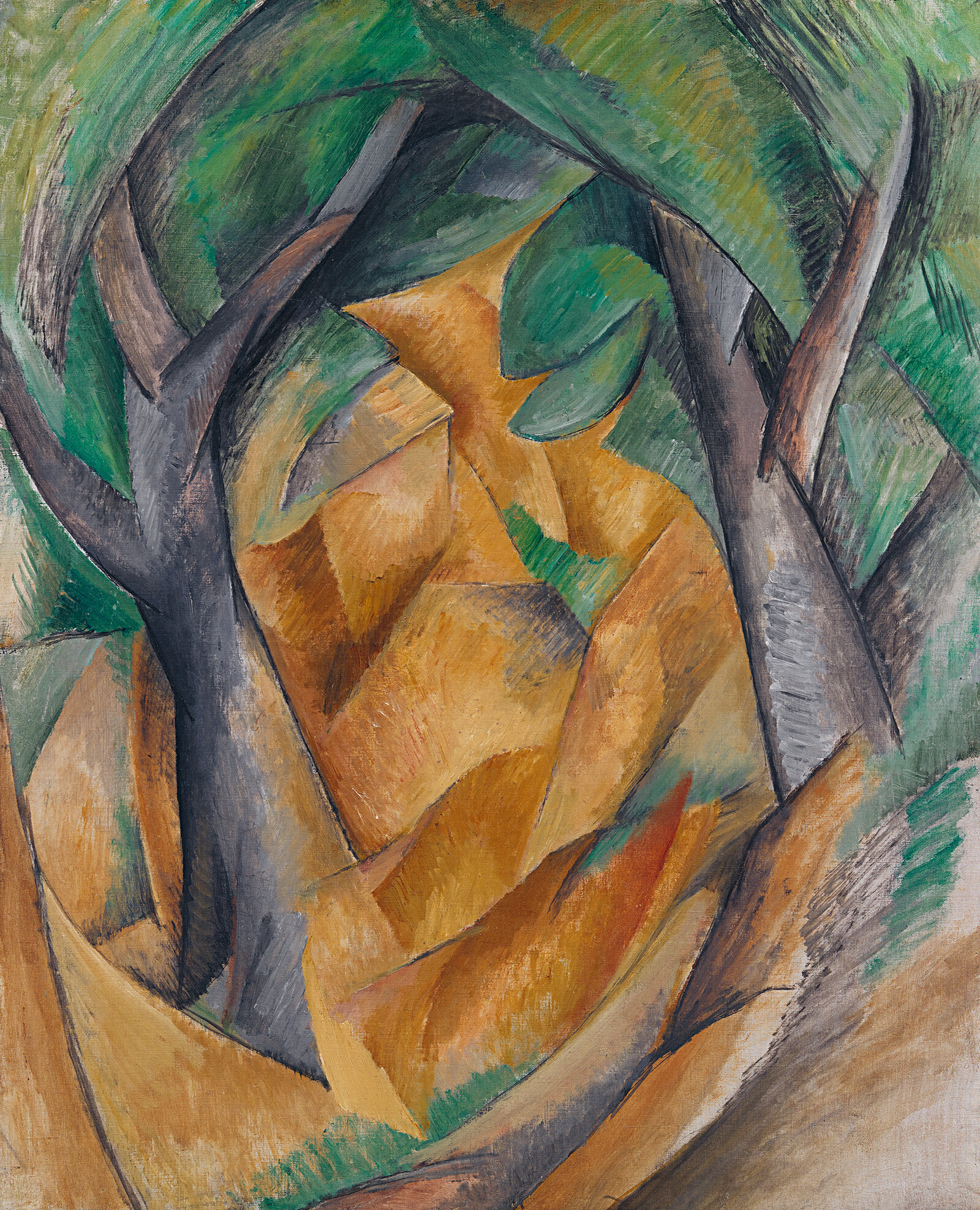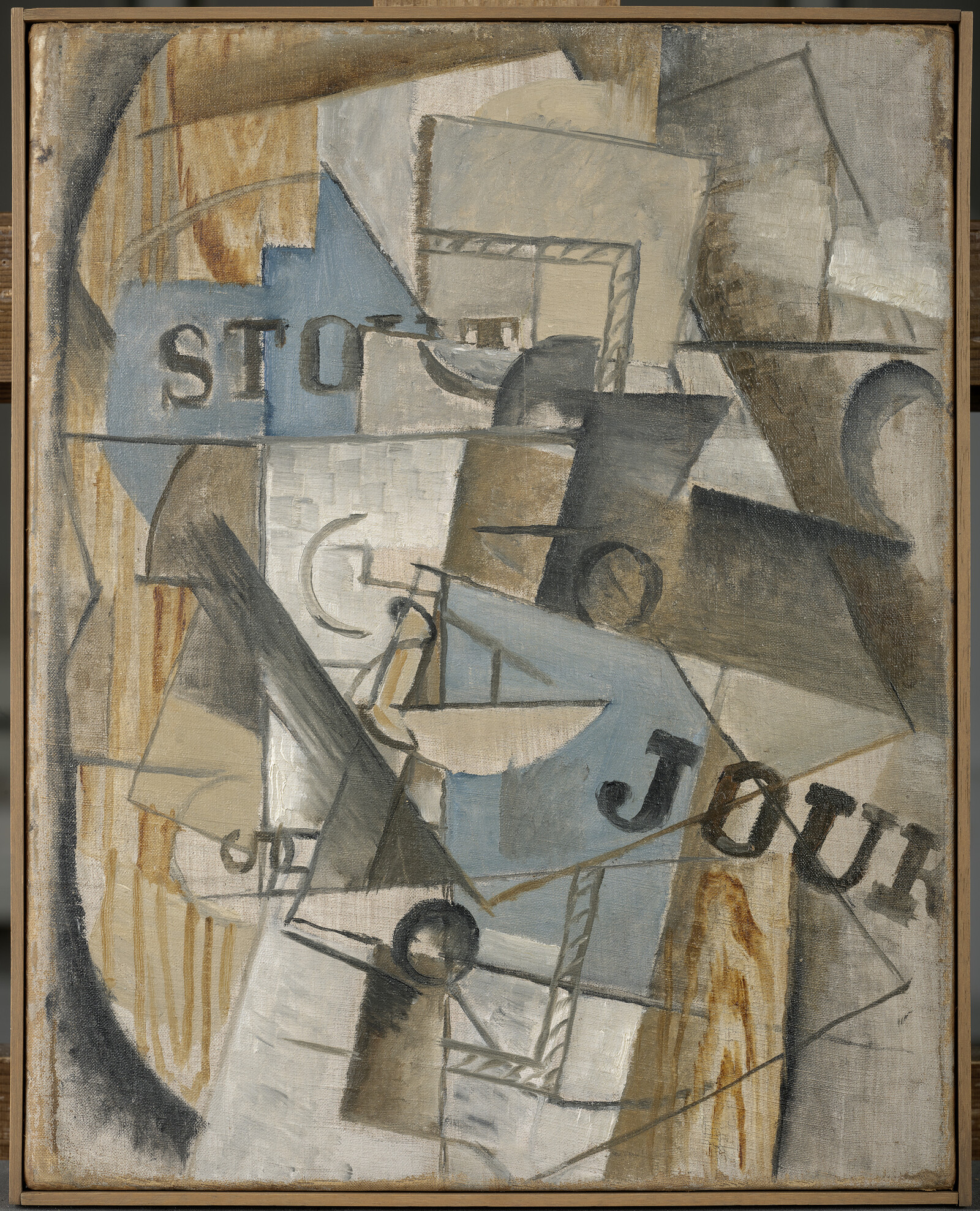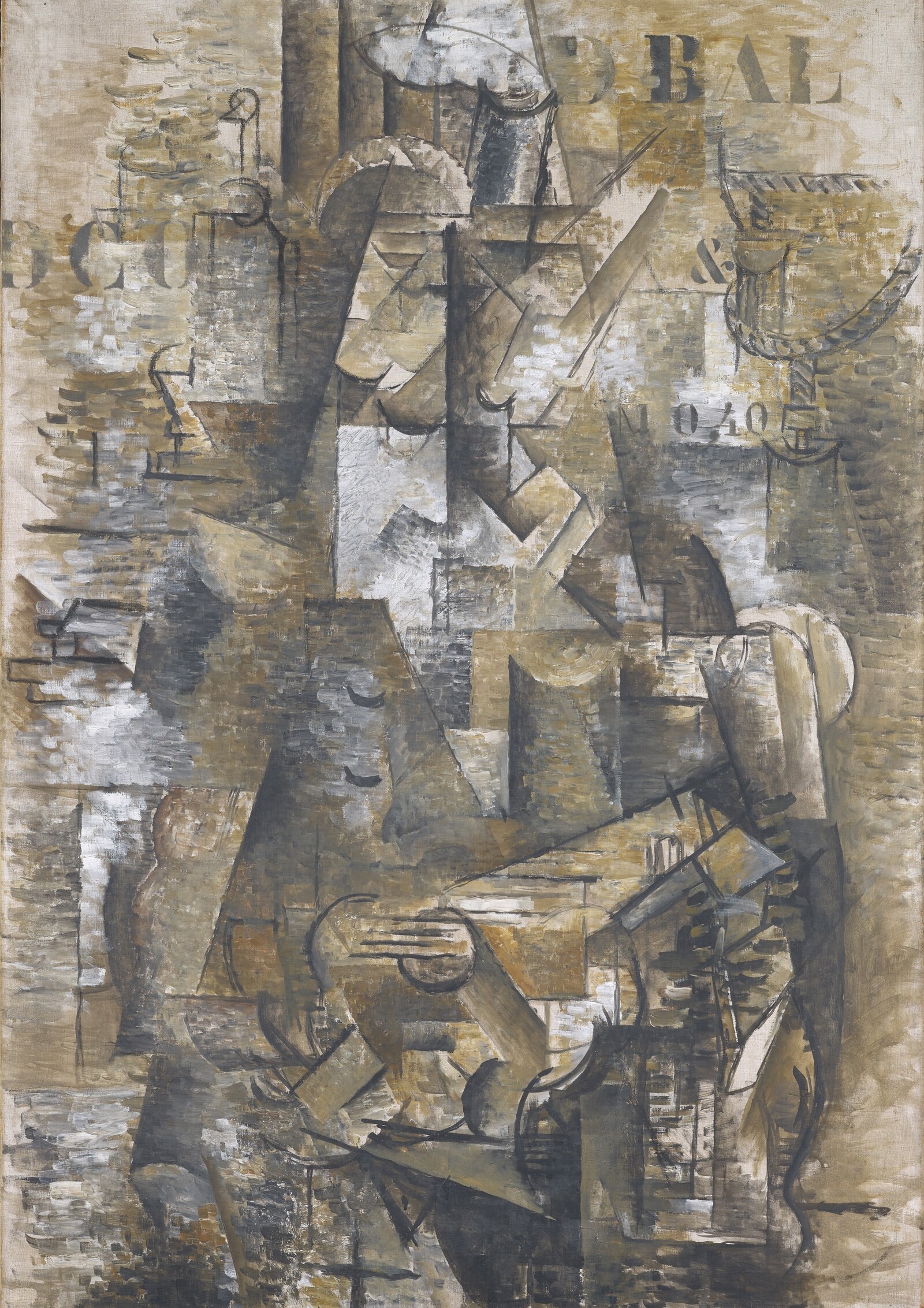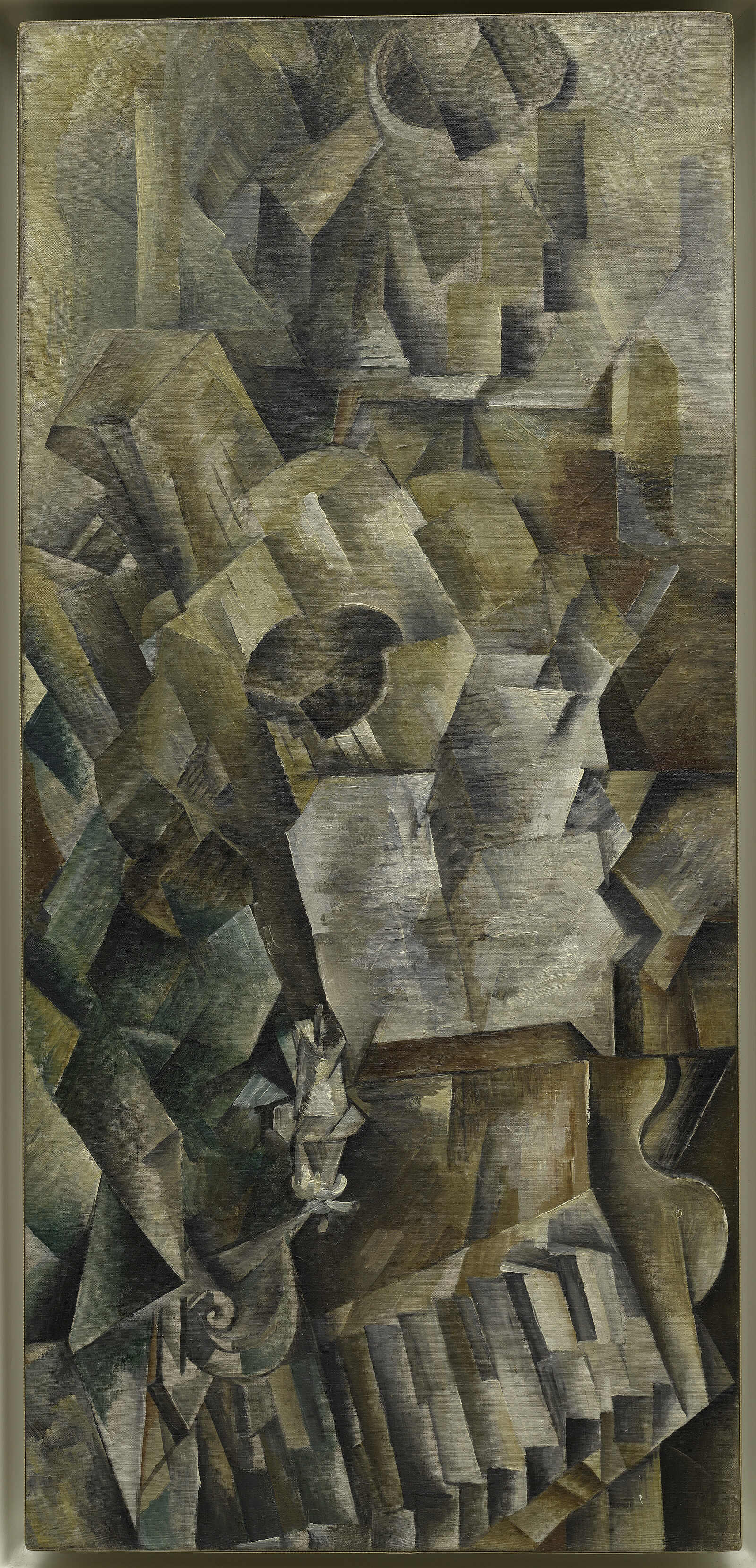Inventor of Cubism
September 25, 2021–January 23, 2022
K20 + K21
Grabbeplatz 5 + Ständehausstr. 1
40213 + 40217 Düsseldorf
Germany
Hours: Tuesday–Sunday 11am–6pm
T +49 211 8381204
F +49 211 8381209
service@kunstsammlung.de
The Kunstsammlung Nordrhein-Westfalen honors Georges Braque as a pioneering artist of the French avant-garde. The exhibition focuses on the pivotal years of his creative career—on the remarkably variegated early works produced between 1906 and 1914.
Before World War I, the young Georges Braque (1882–1963)—together with his friend Pablo Picasso—spent eight years shaping Cubism, arguably the most revolutionary development in the history of modern art. His main pictorial genres were landscape and still life. The presentation shows how Braque developed or reinvented his stylistic resources in rapid succession. Fauvism, Proto-Cubism, Analytical Cubism, “papier collé,” and Synthetic Cubism followed one another with unparalleled compression—and the speed and intensity of these stylistic shifts seems astonishing even today. In a paradigmatic fashion, the exhibition—which includes approximately 60 masterworks from international museums, private collections, and the holdings of the Kunstsammlung Nordrhein-Westfalen—traces the modernist trajectory from a representational toward an abstract interpretation of visual phenomena. Films and documentary materials are integrated into the presentation as well, contextualizing the various phases of Braque’s career while facilitating a discussion of his artistic development against the backdrop of the revolutionary inventions and the novel modes of thought and visual experience that accompanied the astonishing acceleration of everyday life occurring in Western Europe before World War I.
The analysis and scholarly research of our own collection are part of our civic mission as a museum. The exhibition concept was developed from the collection of the Kunstsammlung Nordrhein-Westfalen, which boasts four outstanding works by Georges Braque.
Curator: Susanne Meyer-Büser
The exhibition is accompanied by a comprehensive publication in German and English published by Prestel Verlag. Six renowned authors shed light on Georges Braque’s significance in the context of Classical Modernism, trace his artistic stages up to the beginning of the First World War, and examine his fruitful and difficult friendship with the exceptional artist Pablo Picasso.
Editors: Susanne Gaensheimer, Susanne Meyer-Büser. With contributions by Peter Kropmanns, Brigitte Léal, Véronique Serrano, Jennifer Wild, Michael F. Zimmermann. Prestel Publishing House, Munich ca. 256 pages / price in the museum: ca. 38,- EURO (German/English)
In addition, K+ is a multimedia guide with a great deal of additional information and materials about the exhibition will also be available online.
Biography: Georges Braque (May 13, 1882–August 31, 1963)
1882: Born in Argenteuil and raised in Le Havre (Normandy); trains as a decorative painter.
1897–1899: Studies Painting at the École des Beaux-Arts in Le Havre.
1900: Moves to Paris to study there. First encounter with Matisse and the Fauves.
1907: In the summer, visits the comprehensive retrospective of the late painter Paul Cézanne at the Salon d’Automne; the study of his works becomes a formative experience. In the fall, he meets Pablo Picasso through his friend, the poet Guillaume Apollinaire, and the art dealer Daniel Kahnweiler. This leads to an intensive friendship lasting roughly seven years and accompanied by a close artistic exchange.
1908: Braque’s landscapes begin for the first time to take on geometric forms. In the years that follow, Braque and Picasso develop Analytical Cubism, papier collé, and Synthetic Cubism.
1914: In August, Braque is drafted for military service; with this, the exchange between the two mentally very different artists ends.
1963: Braque dies and receives a state funeral.
Stay connected: Please check our website for regular updates on our program. For further information please contact: presse [at] kunstsammlung.de







